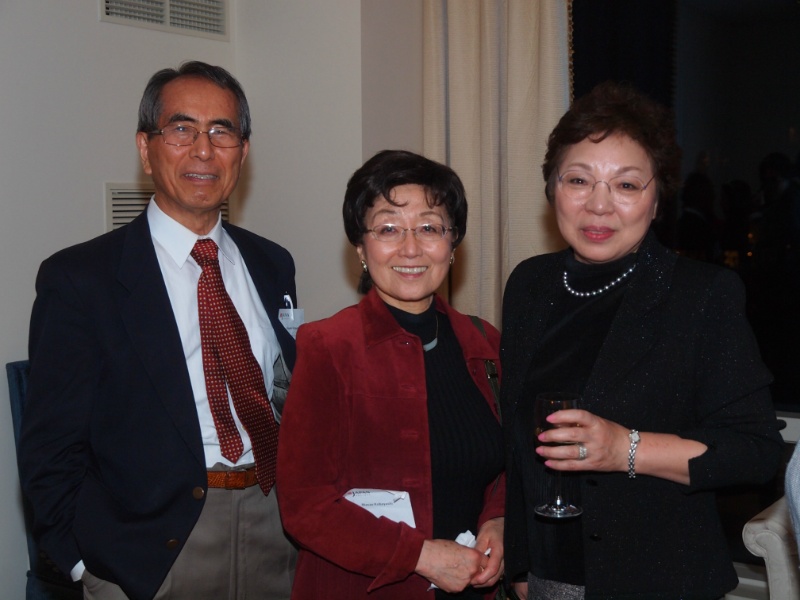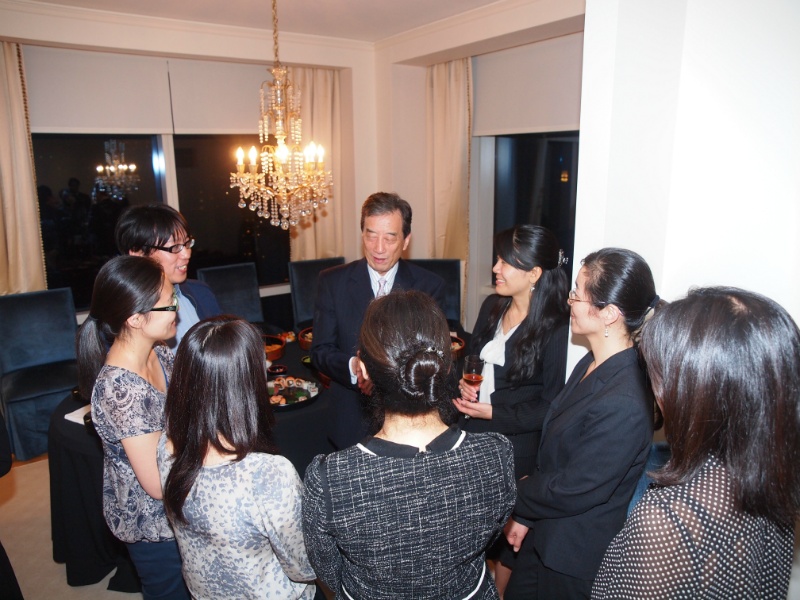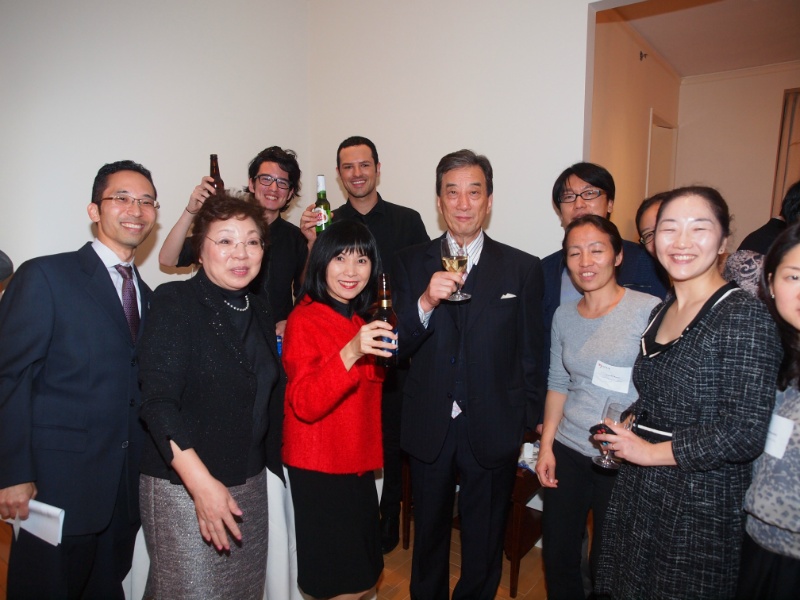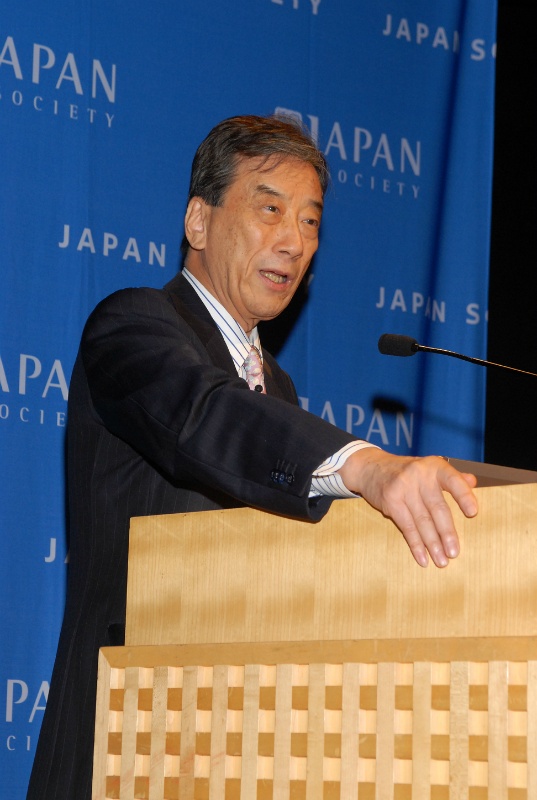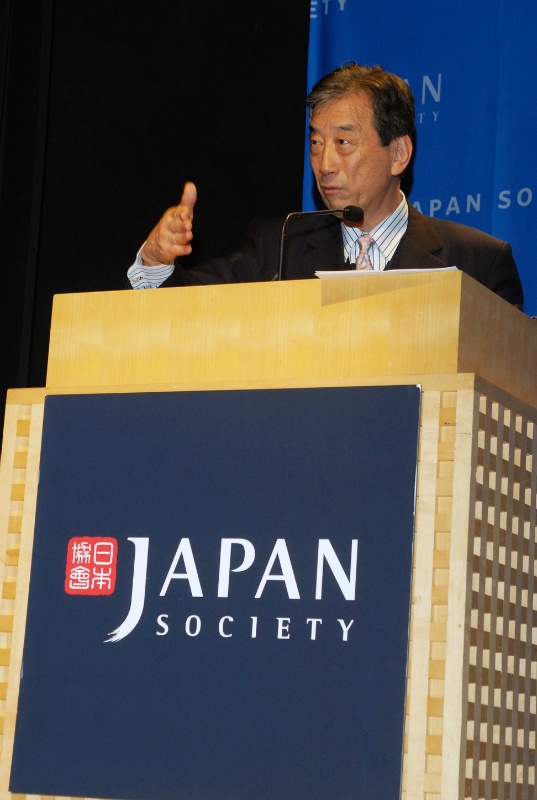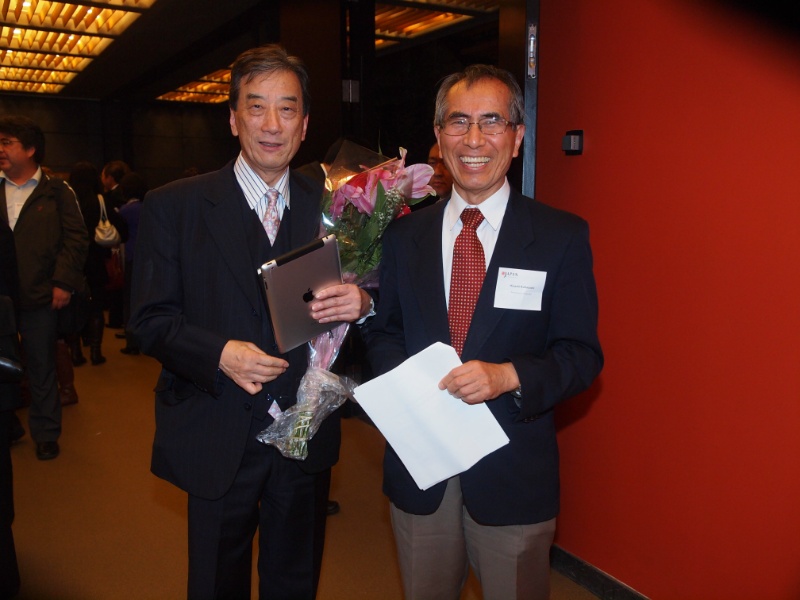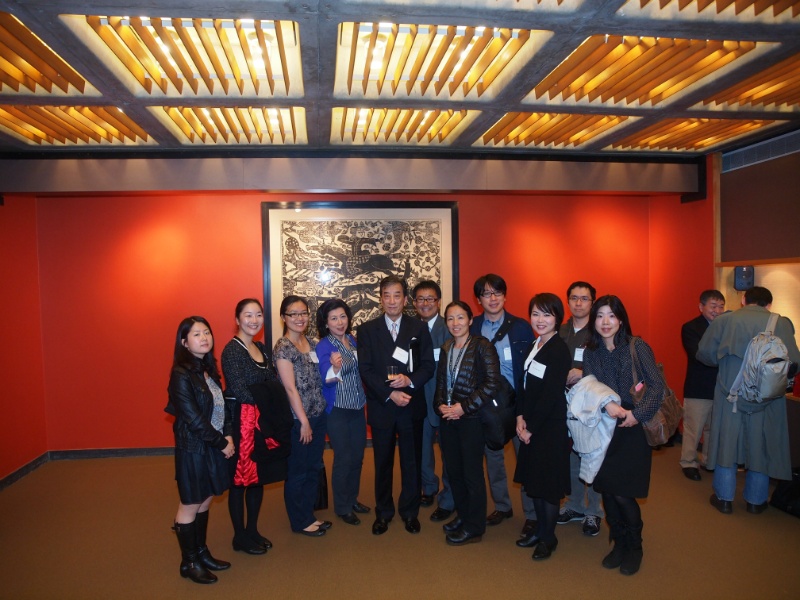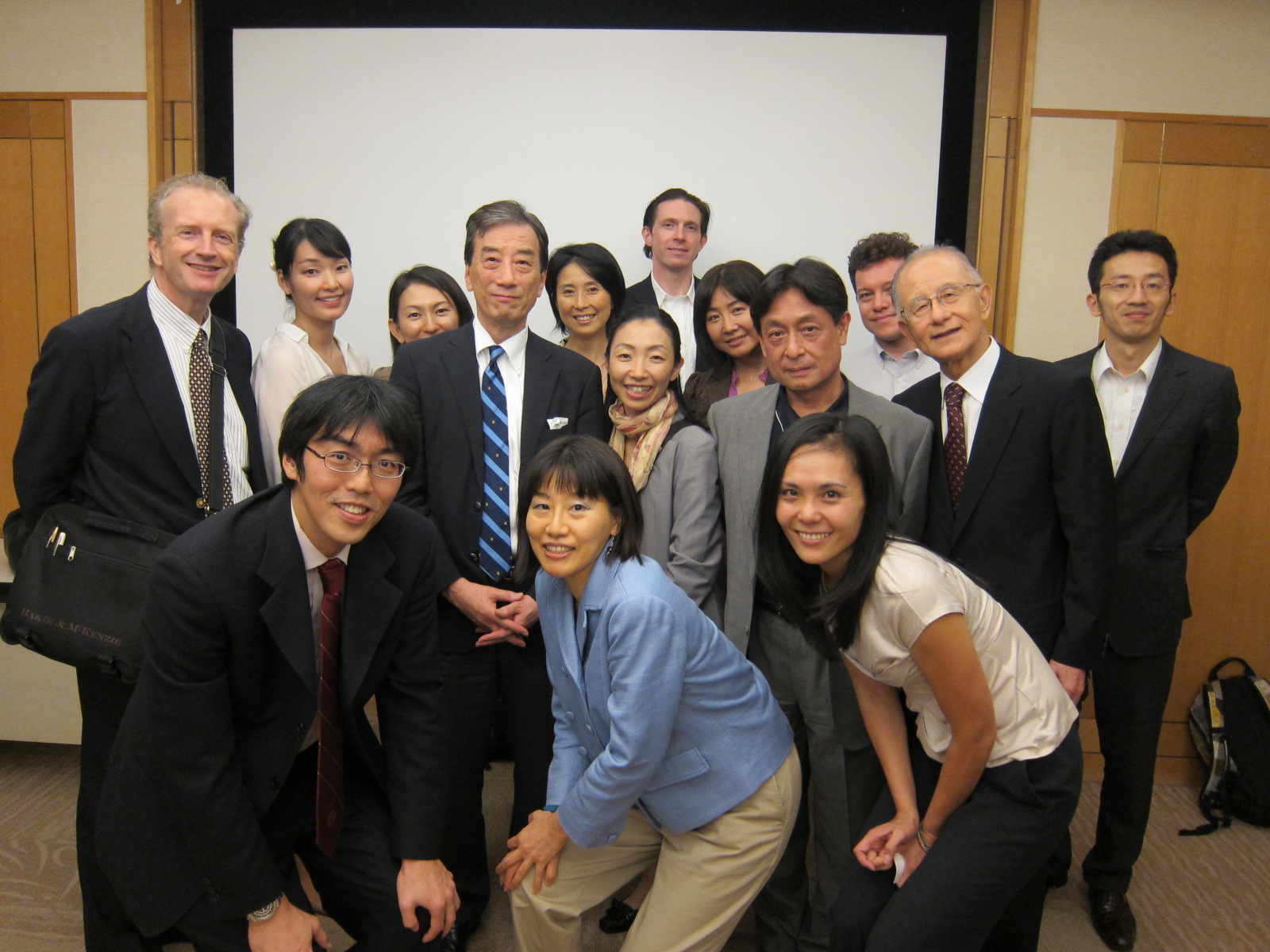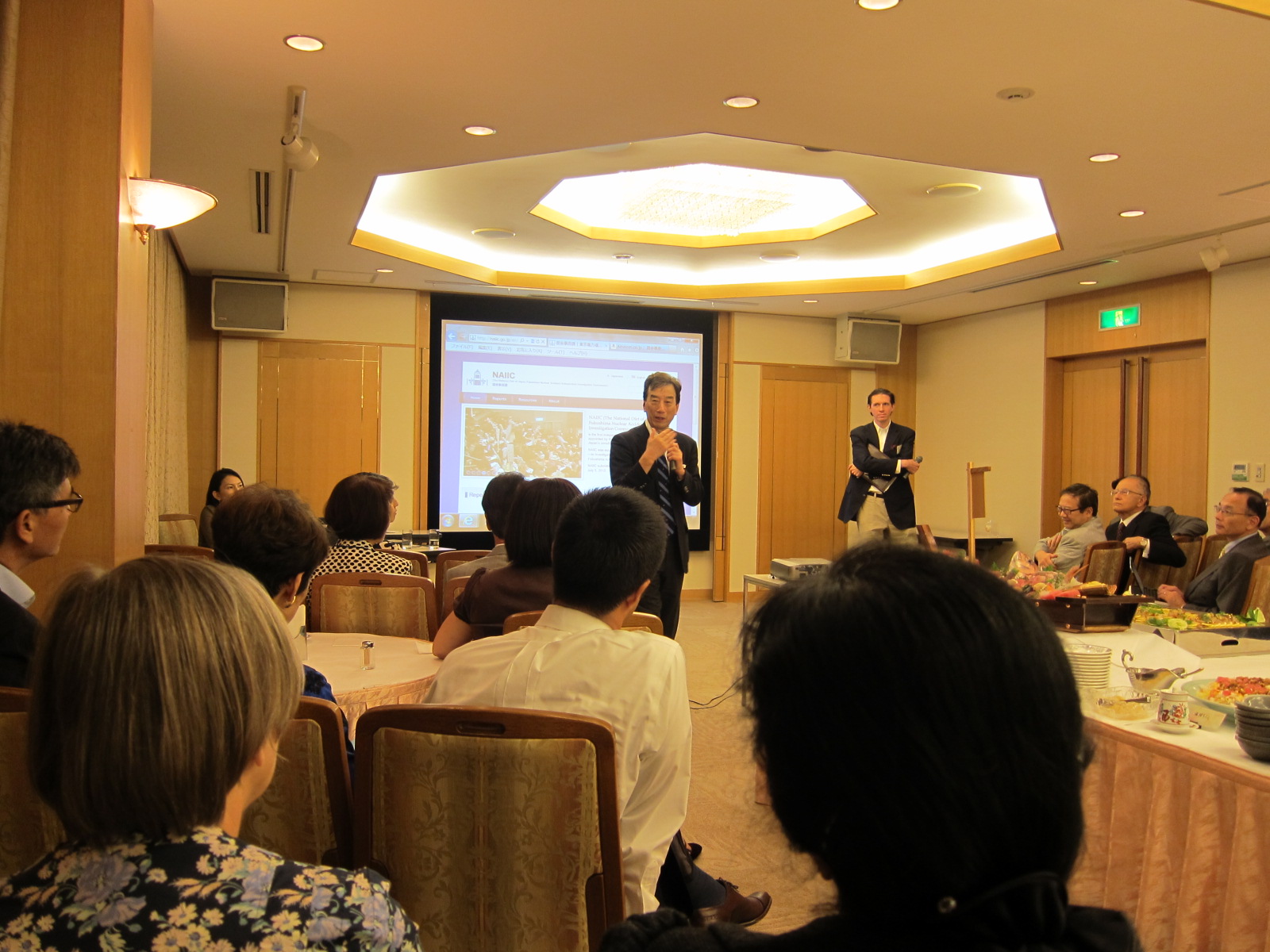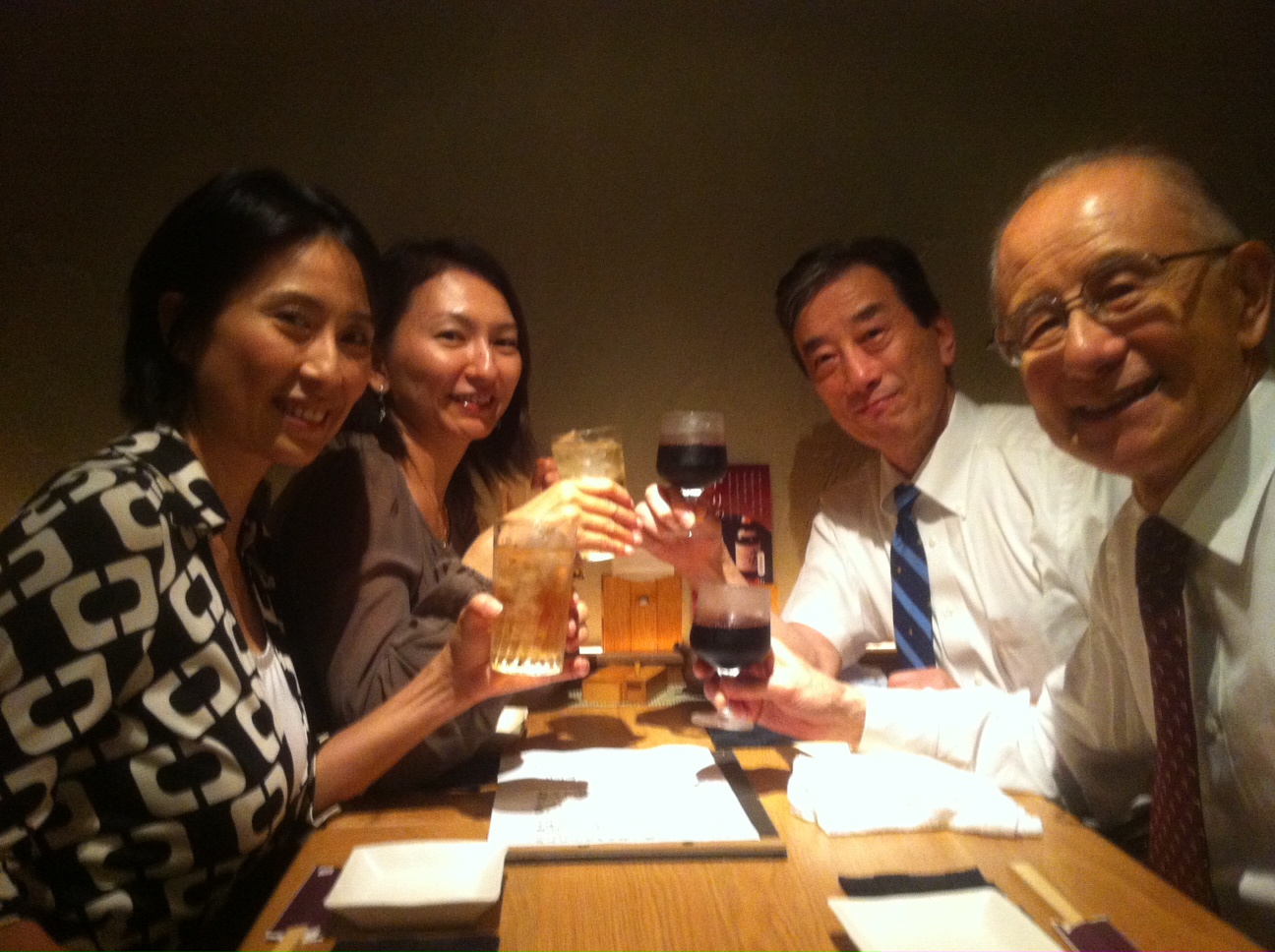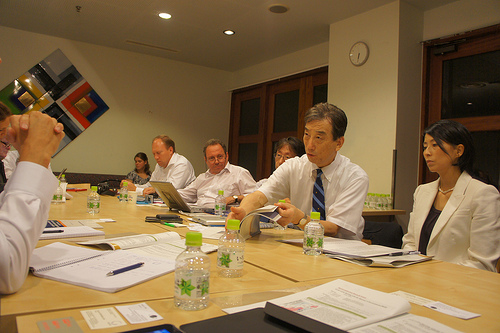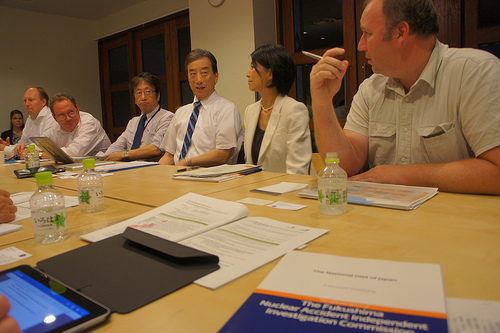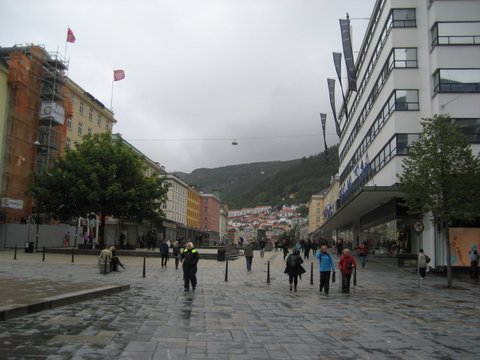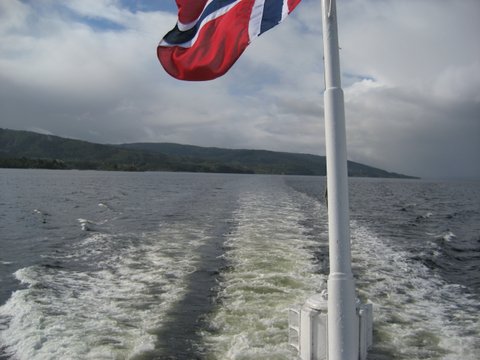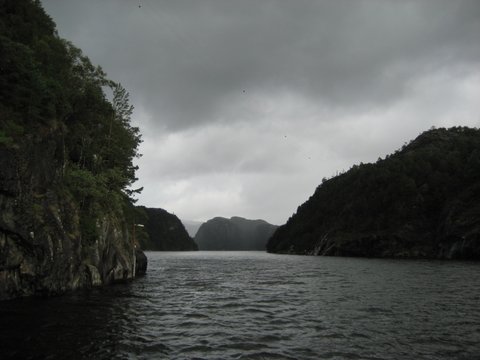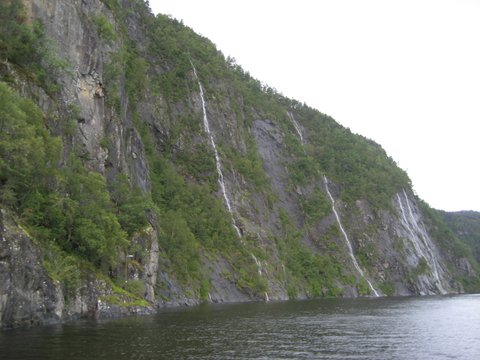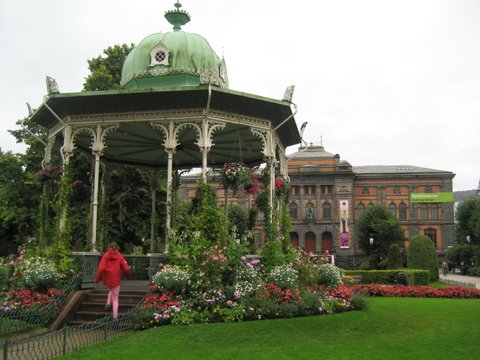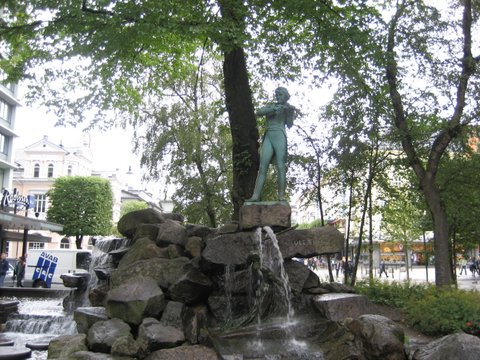Photo credit to Mr. Ken Levinson for 3 photos at Japan Society Lecture, and to Dr. Y. Kuwama for 6 photos at its private reception.
After spending two days in Washington D.C., I traveled to New York City, where I gave a speech at the Japan Society.
As there has been high global awareness of the Fukushima nuclear plant and NAIIC, many Japanese and Americans alike came to the speech.
My speech was a part of the “Yoko Makino Policy Series,” with Daniel Bases of Thomson Reuters as the moderator. I talked for half an hour about the significance of NAIIC for the world, our activities, the report and the recommendations. Afterwards, Mr. Bases and I had a discussion on two or three topics and then had a question and answer session with the audience.
You can view its video at http://www.japansociety.org/(needs Adobe Flash Player) in my ‘Japanese’ English(see this article).
It was a very energetic and lively session and the time spent with the audience was very fulfilling. Just a week ago, William Saito, my colleague or “representative”, had also given a speech here and had pointed out the same problems that I did about Japanese society. It seems that the audience was very energized and stimulated. I give my thanks to President Sakurai of the Japan Society and to Ms. Yoko Makino.
Among people who came to the speech were young doctors from Japan who are training in hospitals in New York in a clinical training program launched by Mr. Nishimoto (though it was only for a while, I was also involved in the program). Dr. Kuwama, who is a clinician in New York and was a student at the University of Tokyo when I taught there, also came to the talk. I was invited as the guest of honor to the Japan Society reception, as well as the Private Reception, which was held in a condo on the fortieth floor of the Trump Tower that overlooks Manhattan.
The next day was a beautiful, clear day and I enjoyed walking through New York in the autumn weather. I had lunch with the Consul General Hiroki and Mr. Kaneko of the Public Relations Center and enjoyed conversing about many topics.
In the afternoon, I went to the Harvard Club where I met with Ms. Yoko Makino and local young doctors, and then off to see the Broadway musical Chicago with Ms. Makino and her three friends. It was an amazing piece of work by incredible professionals.
This past summer, Ryoko Yonekura (1, 2) played the role of Roxie in Chicago. She had trained intensively for a year before taking on the role. It is no mean feat, for the performance is on the world stage among fierce competition. She plays opposite Amra-Faye Wright (1).
Taking on this challenge must have been a breakthrough experience and an enormous step forward for Ms. Yonekura. To perform on the world stage at this top level must be an incredible experience that will lead to confidence that is unattainable by many, as it is won by competing with the world.
I wish that more young Japanese would go out into the world and challenge themselves at the top level, in any area or field. You may face many hardships and may not succeed right away, but this experience is priceless and irreplaceable. It will lead to greater confidence in yourself in the future, and will provide a good chance to examine the path you are taking in life.
There is no denying that more Japanese can play an active role in the world. So let’s try and challenge ourselves- there is much more to gain than to lose. The world is becoming more global.
